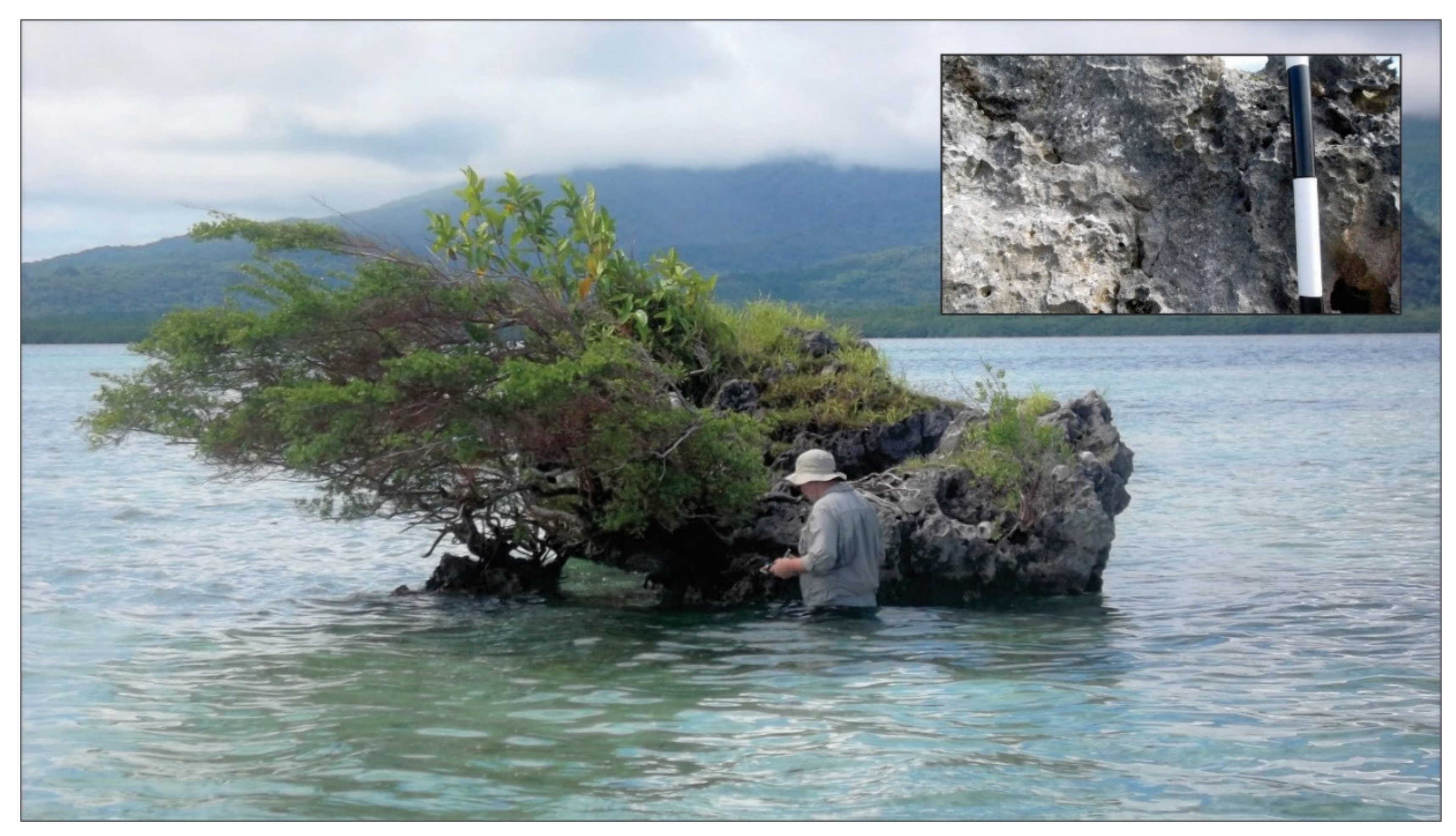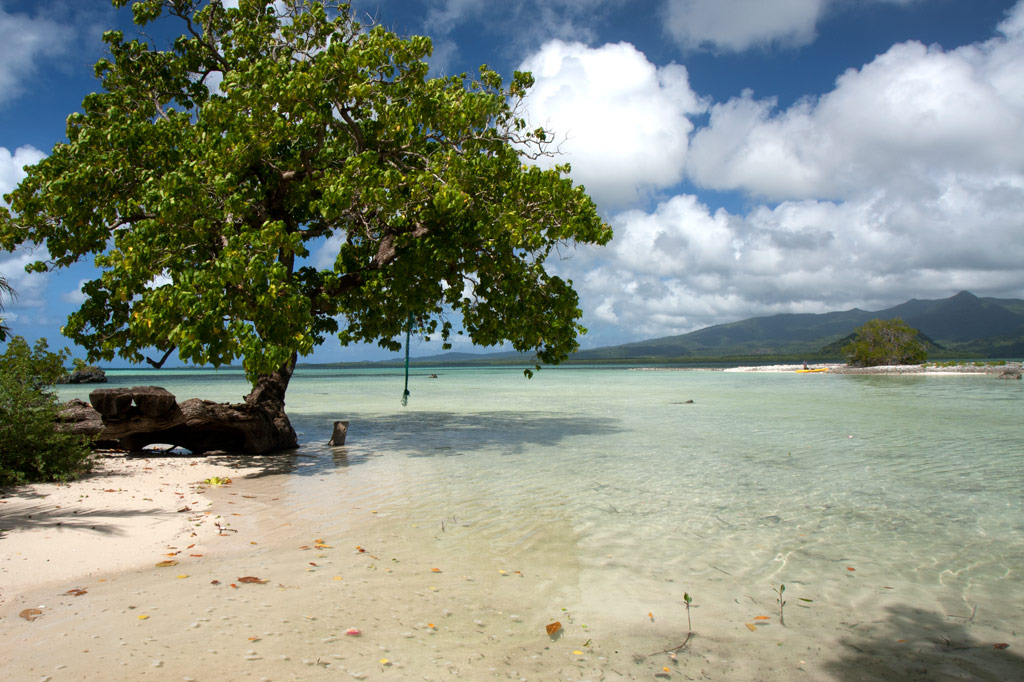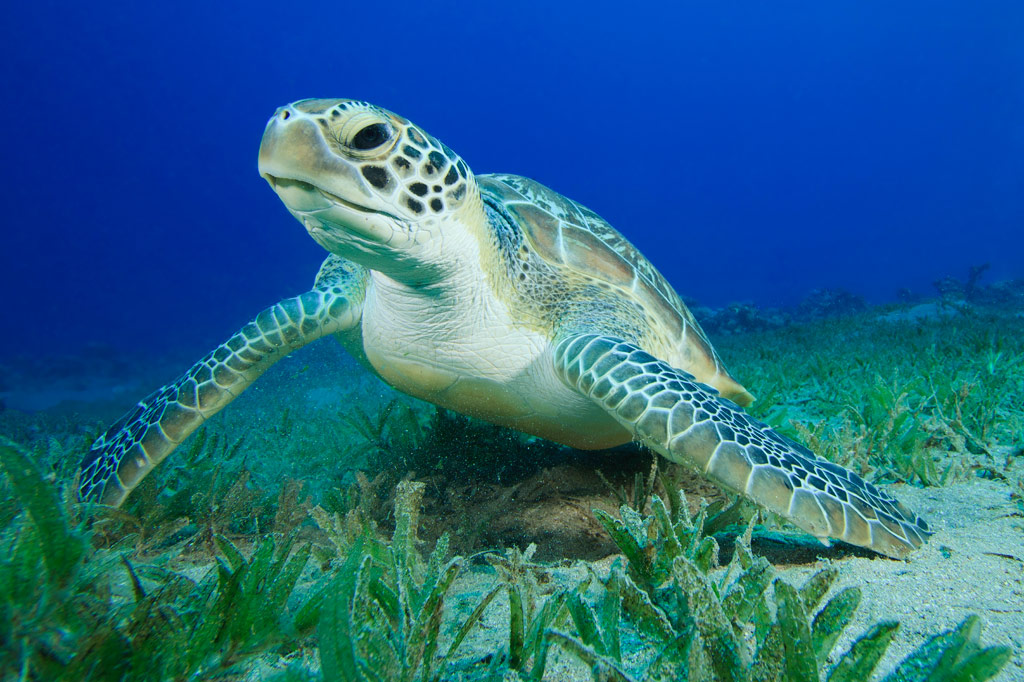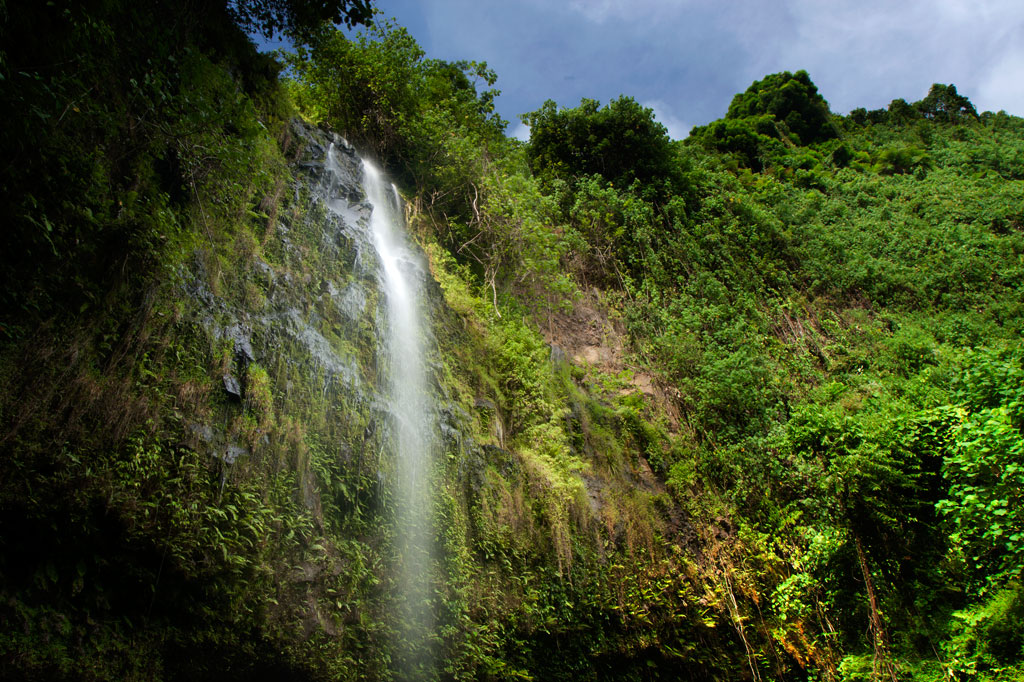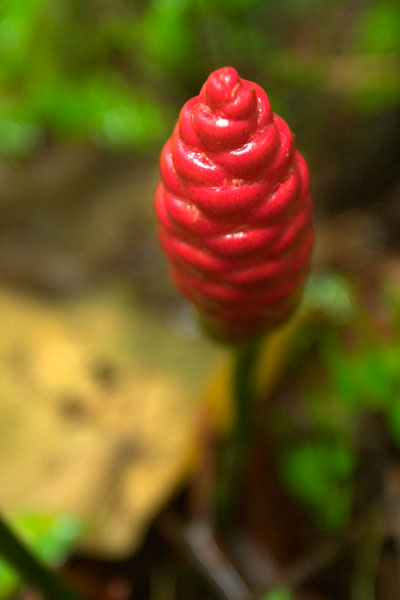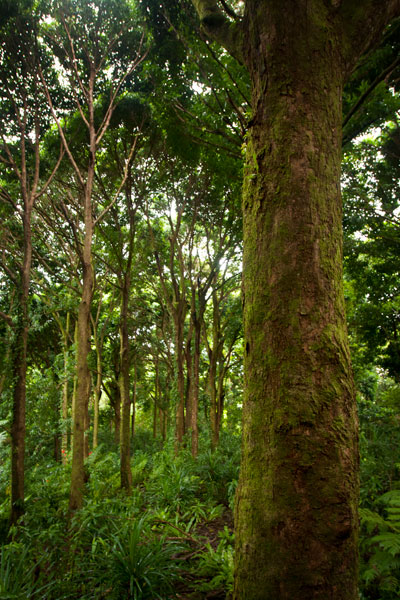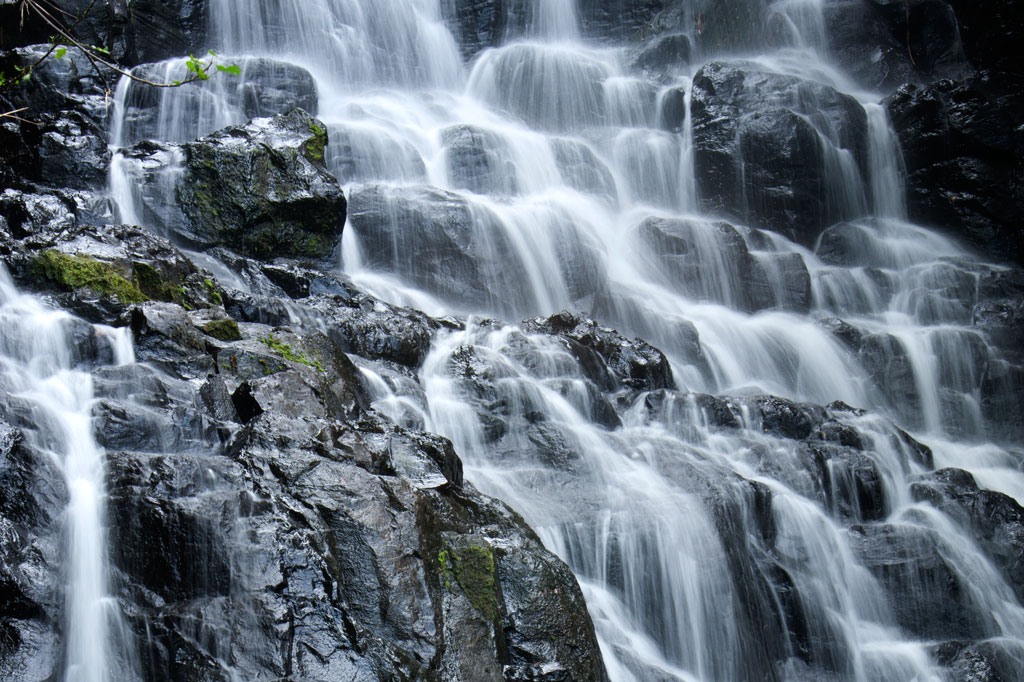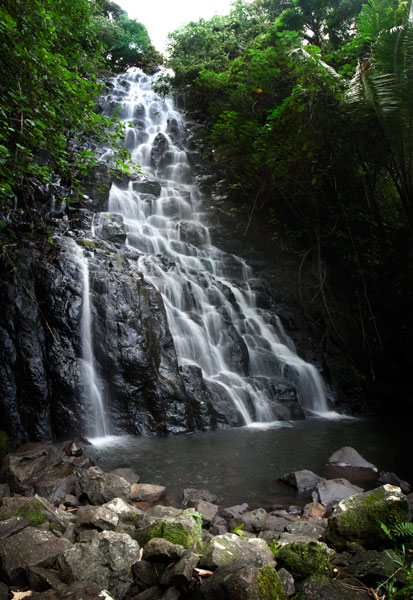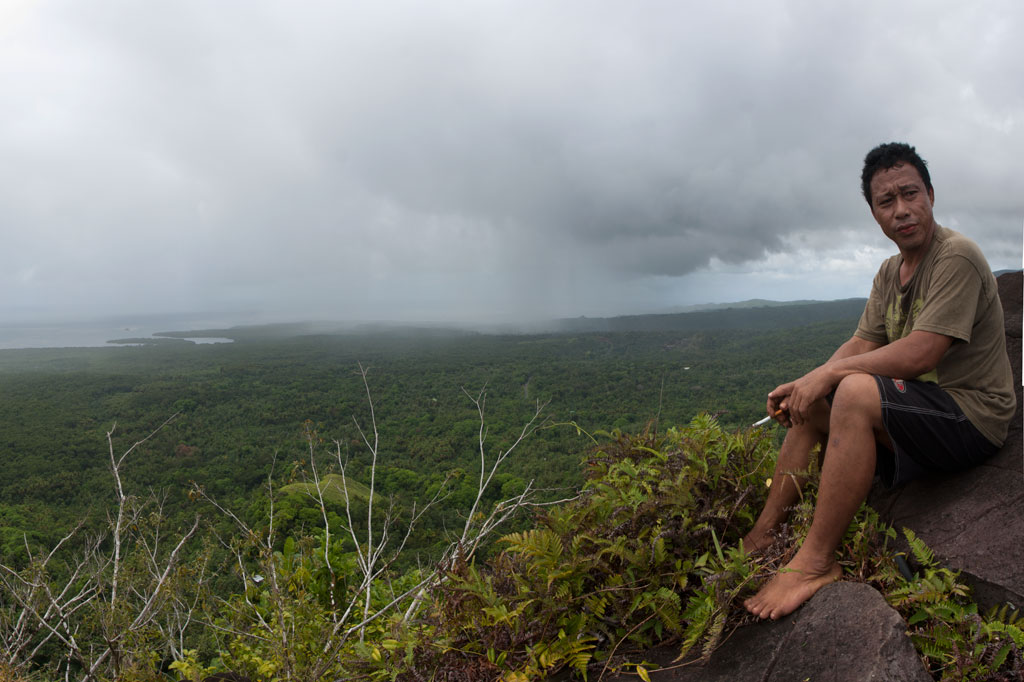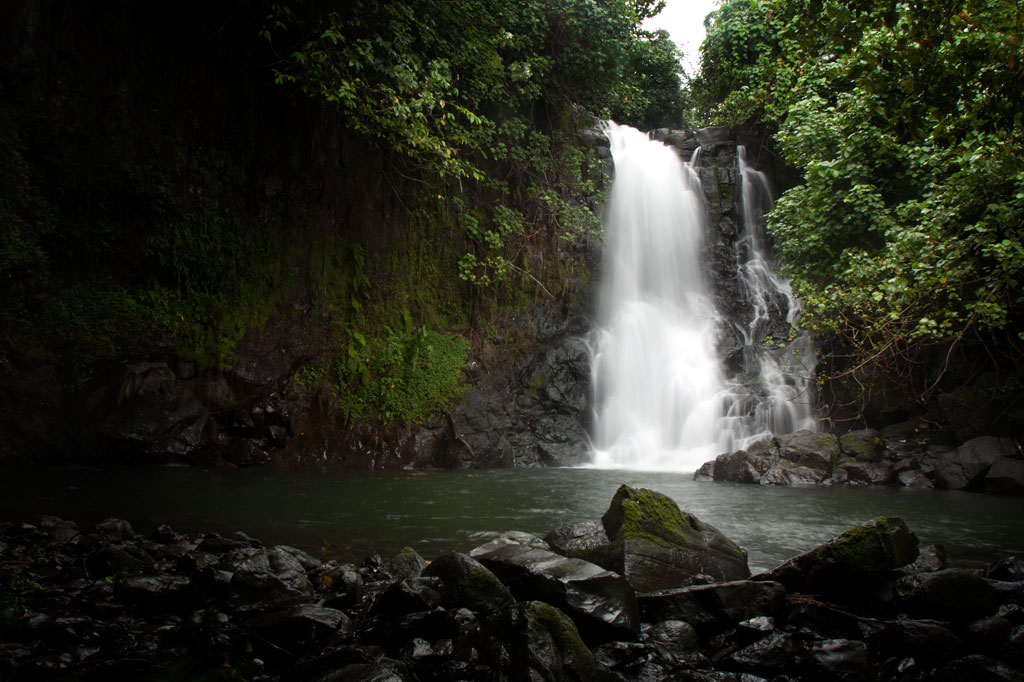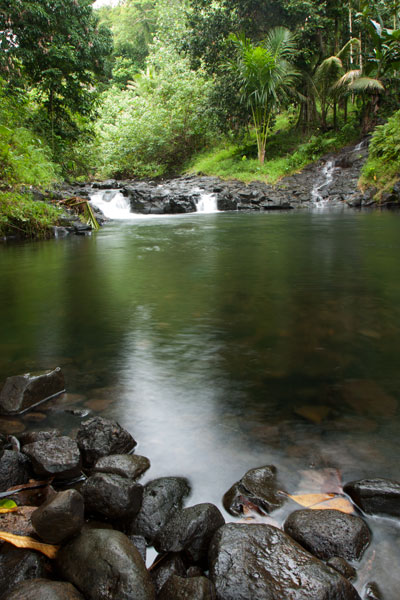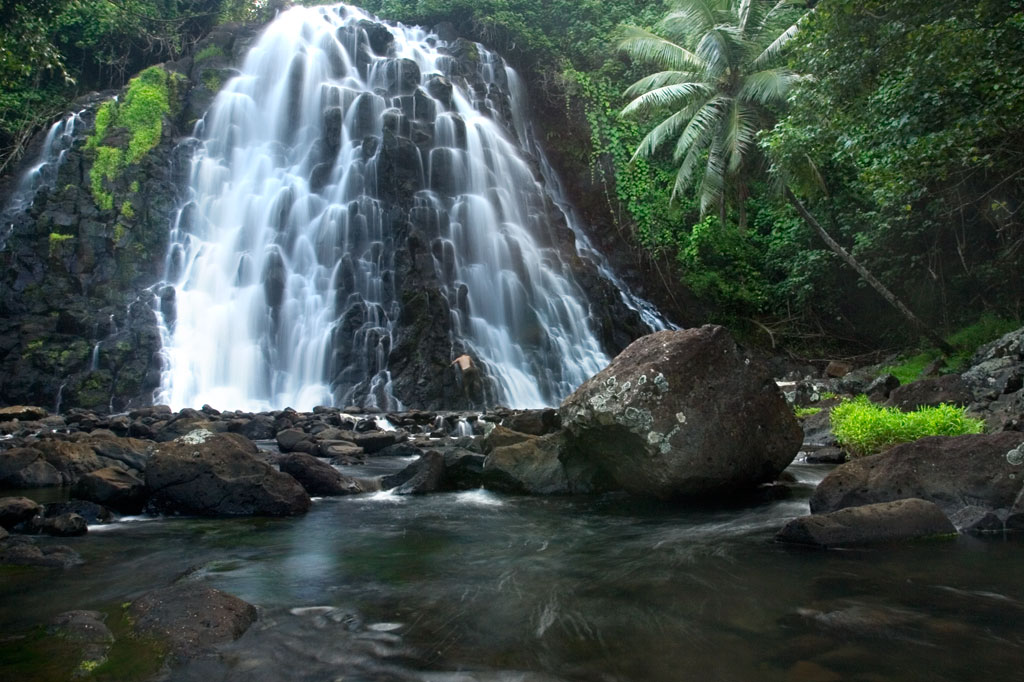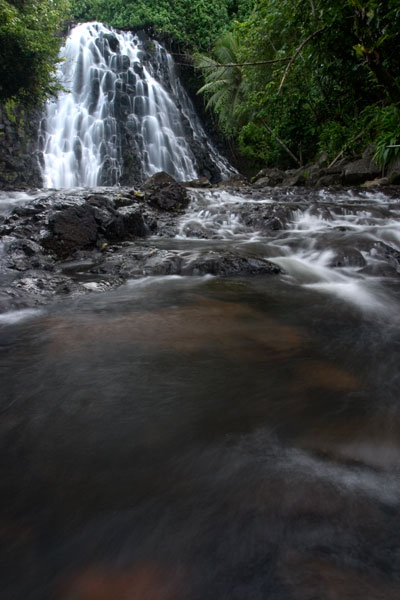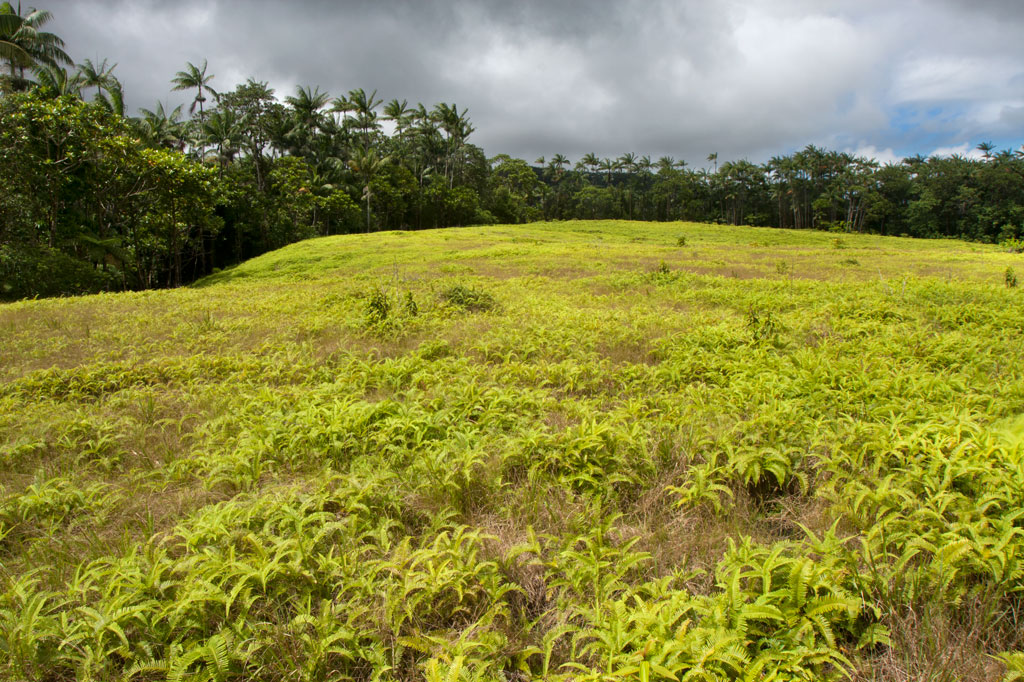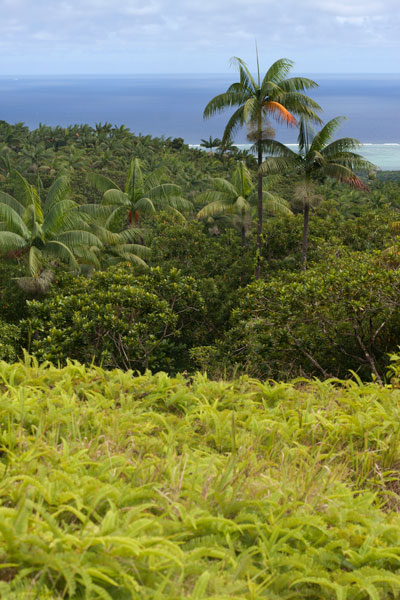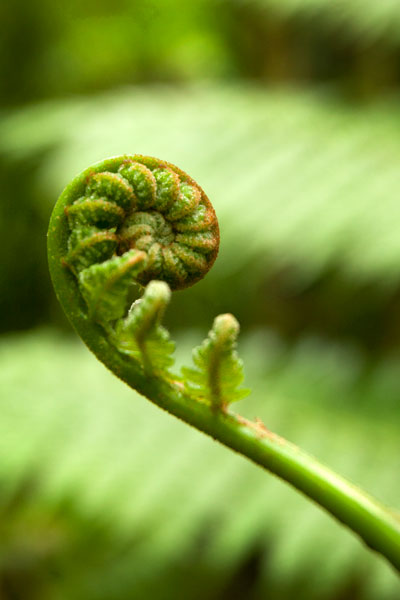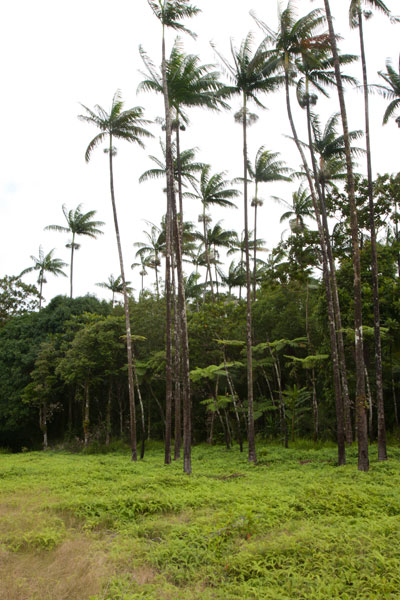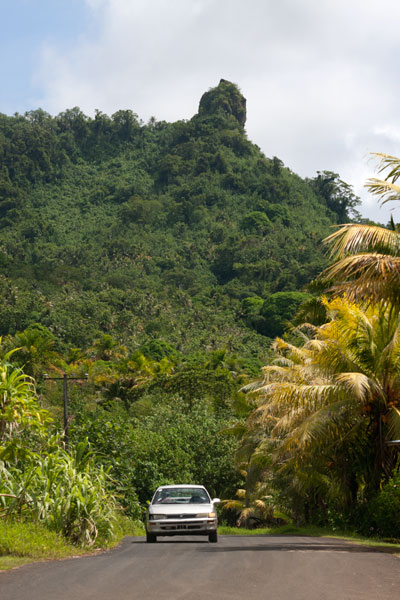
Southern Kitti’s most obvious natural feature is the Rock of Silehu — a spire of basalt rock that stabs out from the hills above Nintok. Because of its phallic shape, some have jokingly referred to the rock as the “giant’s penis,” but there is little to suggest that the idea has any basis in Pohnpei’s traditional myths, and it is more likely a transplant inspired by Kosrae’s well-known “Sleeping Lady.”
The local area has garnered some fame through its association with Luelen Bernart, the first Pohnpeian to ever pen a history of the island and probably the first Micronesian to write a book of any kind. It was a revolutionary endeavor. Pohnpei had a long tradition of story-telling and transmission of traditional knowledge through oral means, but writing things down was wholly new. Furthermore, it was believed on Pohnpei — and still is today — that a person should not share all that he knows on any subject. Bernart, born in Wene, Kitti, but educated in the same Protestant mission school as Henry Nanpei (they were close friends and his wife and Nanpei’s wife were sisters), was possibly inspired by the Western ideas he absorbed there and his exposure to the Bible, whose style and structure is similar to his writings. Bernart came from the noble class. Over his life, he acquired the title Dauk — the third-highest title on the Nahnken (talking chief) line — and became well-respected in the ceremonial arena as an orator and story-teller. This experience, combined with the skills he acquired in school, gave Bernart what he needed to tackle such a singular task. In the 1930s he began composing what would become The Book of Luelen — a sprawling collection of myths and legends, songs, chants, magical spells, plant-lore, and modern history. Though Bernart died before he could edit the work, his daughter and her husband labored to complete the manuscript, which was eventually translated and published in the 1970s. Bernart was buried in Rehntu.
The Story of Lihser
As far as oral history is concerned, Silehu is connected to a story that began in the Awak Valley of U. A spirit called Lihser dug up the ground and buried two boys in the earth at Awak. Scooping up the lumps of earth in which the boys were buried, he threw them to Silehu. The body of one boy, named Kier, formed the Peisarap hills where it fell. The spirit then built an altar called Pein Maram (“altar of the moon”) to honor the spot where the other fell. Later, the spirit met a hermit crab with a human skull for a shell. Upon searching the area, Lihser found the bones of a man. He took the bones and the crab and buried the skull-shell at a place he named Nintok. The rest of the bones were buried at another location called Antak.
Interestingly, one ethnographer reported that people from Nintok are prone to a “peculiar form of craziness” and erratic behavior that intensifies on full moons.
If you have a tough, high-clearance vehicle, you can begin your hike at the Esiel house at the end of an unpaved road that leads north from the Circle Island Road. Otherwise, it’s best to park down by the CIR and walk up, as the upper portion of the road is rough and has a grade of at least 19%. This segment is moderately difficult on foot, but treacherous by car. The hike from the house is short but steep (about 30% slope average), following a narrow footpath that the family uses regularly. The final part of the ascent is very steep and scrubby. No technical climbing is involved to reach the tiny, exposed summit, but there are some sections that might be uncomfortable for people afraid of heights. From the top, unobstructed views extend in all directions. Prominent sights include Dolotomw, Mwudok Harbor, Mwudok Island, and Nipai Rock.
- Plan for 2 hours for this hike. For guides, ask for Wainer, Raynard, or Treveyne and offer $10.00, or call +691.320.5059 ahead of time to make arrangements.
Map Guides >> Southern Madolenihmw >> Silehu Rock
